Have you asked yourself or a fellow breeder that question? Genetic or management indexes are created for at least one reason or purpose. It seems like every AI unit has developed their own index for one purpose or another. Here are some Bullvine thoughts on multi-trait genetic indexes that are designed to assist breeders in genetic improvement and marketing. These indexes are usually referred to as total merit indexes.
Others Use Indexes
Read any business article and you will not get far without reading about the Dow Jones or Consumer Price indexes. Both are designed for specific purposes. They are to reflect the price trends in a selected group of companies on the NY Stock Market, or prices consumers must pay for a selected basket of goods that they usually purchase. We regularly hear whether they are trending upwards in inflationary times or down when the economy is trending negative. However, indexes do not end with the economy. Think about it – personal health indexes, student performance indexes, and equipment performance indexes all part of what we have in our daily lexicon.
Why Total Merit Indexes?
In the 1980’s, dairy cattle marketers were claiming to have the #1 bull or #1 cow in their country or the world. #1 for type, #1 for milk, or #1 for fat % improvement. Even then total animal improvement focused breeders were asking which animals put the total package together. As opposed to being single trait wonders.
In response, breeds and genetic evaluation centres saw the need for indexes that combined, on an appropriately weighted basis, the traits in need of improvement. In the United States, combined indexes like TPI, NM$ and JPI were created, and they came into wide use by breeders in their selection and marketing. In Canada, the index, created by all organizations working together, was LPI. Other country total merit indexes included BW in New Zealand, RZG in Germany, ISU in France and NVI in the Netherlands.
The principle behind all these indexes is that dairy cows are not bred with only one or two traits in mind. Some breeders indicate that having breeding indexes makes breeding dairy cattle more complicated. However, from our exposure to breeders, The Bullvine hears that having total merit indexes assists breeders who want to breed for lifetime profit or to compare animals before buying semen or embryos.
Blindly following a total merit index is not a good practice. Breeders need to know the purpose for which a total merit index is designed. BW (New Zealand) is designed for year round grazing and low body mass. JPI (American Jersey) is designed with an emphasis on milk solids production.
Breeders need to have goals and a herd breeding plan to make maximum use of total merit indexes. Readers may wish to refer to previous Bullvine articles when establishing a herd breeding plan ( Read more: What’s the plan?, 4 Steps to Faster Genetic Improvement, 8 Steps to Choosing What Sires to Use). Breeders need to look five years into the future to decide what will be the criteria they will judge their females by. It is entirely possible if a breeder plans to operate his dairy farm business differently in the future than they have in the past, it could be time to use a different total merit index than they have utilized in the past.
Have Genetic Indexes Been Useful?
Annually CDCB and CDN publish reports showing ever increasing rates of genetic advancement for NM$ and LPI, respectively. In fact, a recent CDN article states that half of the gain in Canada can be attributed to increased genetic merit.
In the barns around the world, individual breeders are seeing gains in their cows’ ability for production, type and now SCS. When a breeder makes extensive use of sexed semen, it can be expected that 80% of a herd’s improvement can be attributed to the sires that have been used. Definitely having total merit index rankings three times a year gives breeders the opportunity to find new top sires and to eliminate bulls that may be high for one or two individual traits but in total are not able to do a complete job. Since the introduction of TPI and LPI, one of the outcomes has been that high type sires, with inferior production ability, are used very infrequently on a population basis.
Current Reality in Genetic Indexes
With many total merit indexes and many many individual trait indexes routinely published, it can be both time consuming and confusing to keep up-to-date.
Yet the fact is that the number of indexes is increasing with every index run. For example, in the past year, there have been three new trait indexes for mastitis resistance, fertility and feed efficiency. In 2015 new added total merit indexes were Pro$ (CDN) and DWP$(TM) (Zoetis), the latter being an index produced by a private company (Read more: Can you breed a healthier cow?, The Complete Guide to Understanding Zoetis’ New Wellness Traits – CLARIFIDE® Plus, Will Genetic Evaluations Go Private?)
Tomorrow’s Indexes
Every year new indexes for important traits for varying herd management systems will continue to come into the world of dairy cattle breeding. The following questions may assist breeders in deciding upon which genetic indexes to consider:
- Is the new index designed for the way you plan to practice dairy farming?
- Why would you not take the opportunity to use new relevant information?
- Who can give you the most objective view of new genetic indexes?
One size does not fit all. Not every new genetic index, total merit or individual trait, will assist a breeder in breeding an ever more profitable herd.
The Bullvine Bottom Line
Are there too many indexes? Only if you don’t have a breeding plan, and you don’t make the right choice of a total merit index for your herd. It is not about the total number of genetic indexes. In the end, it’s about being selective and only using what’s best for you.

Get original “Bullvine” content sent straight to your email inbox for free.





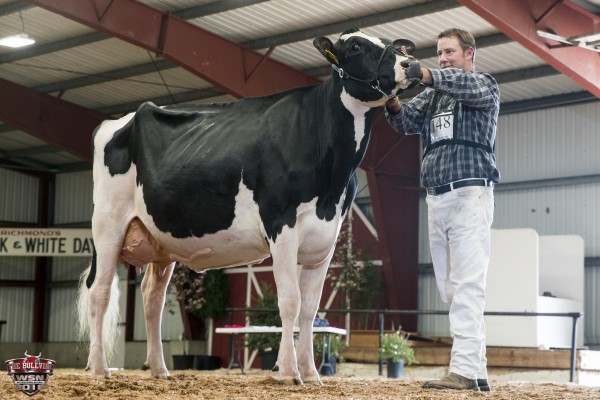
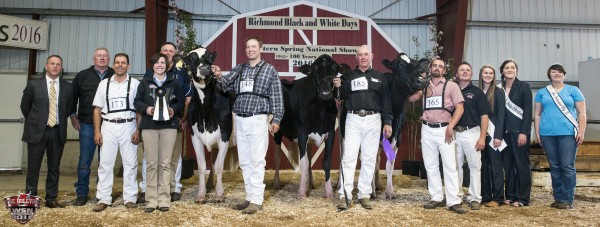
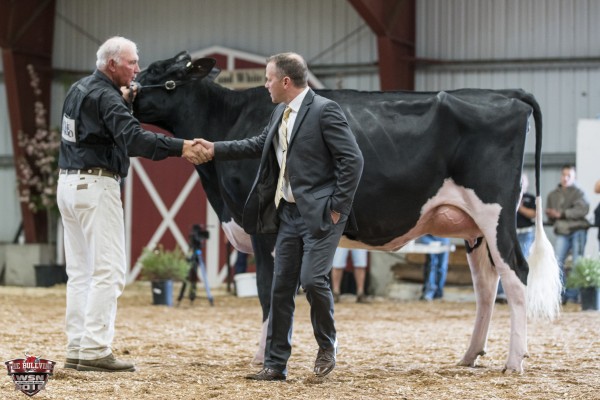
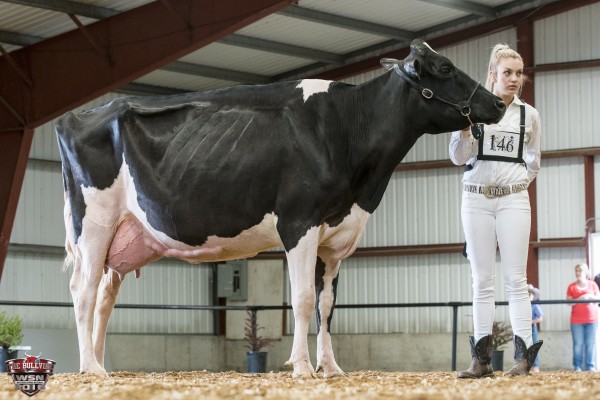
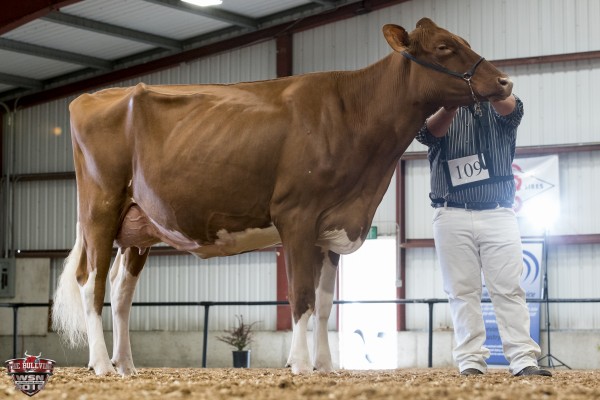
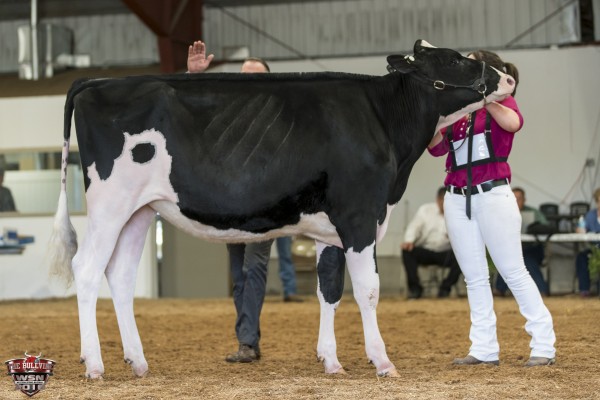
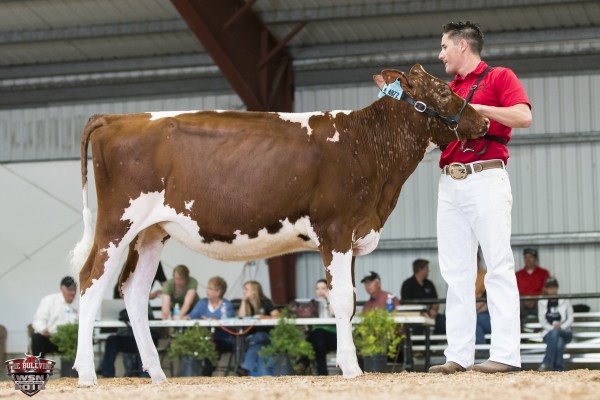

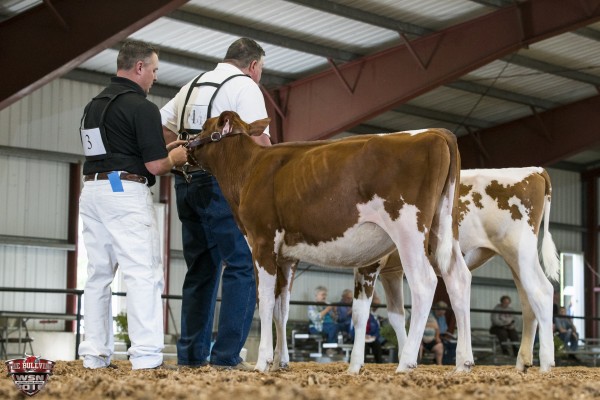
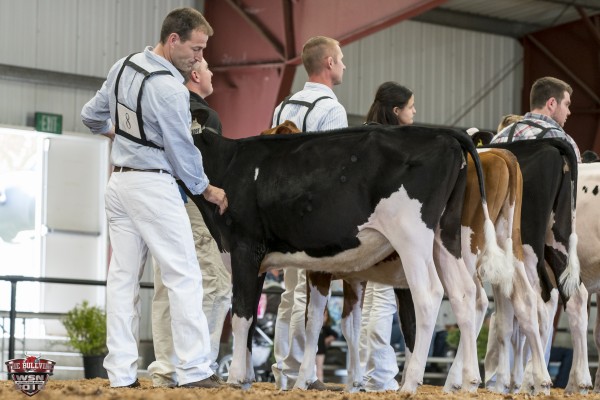
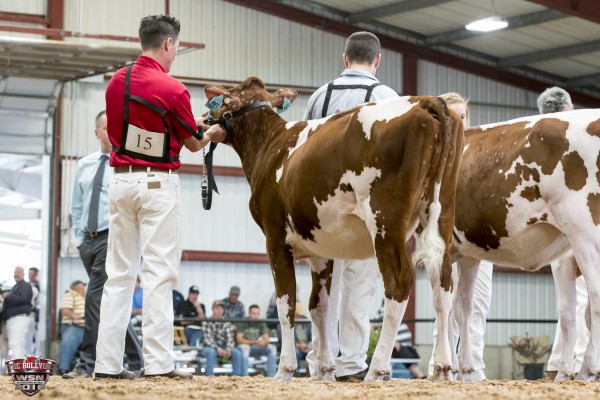
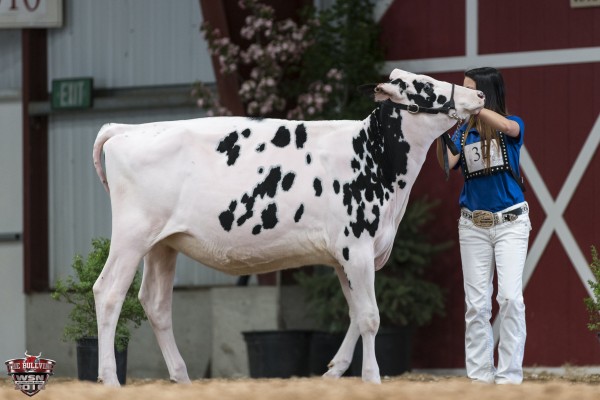
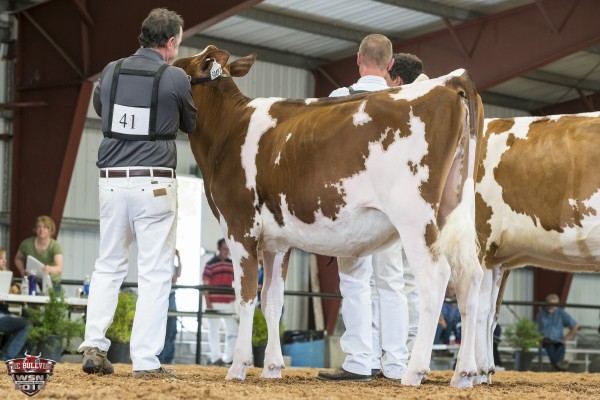
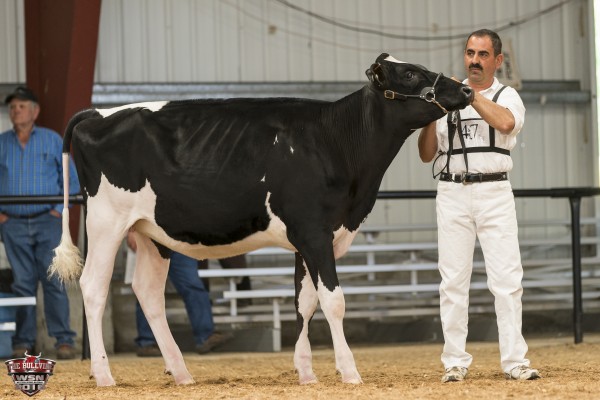
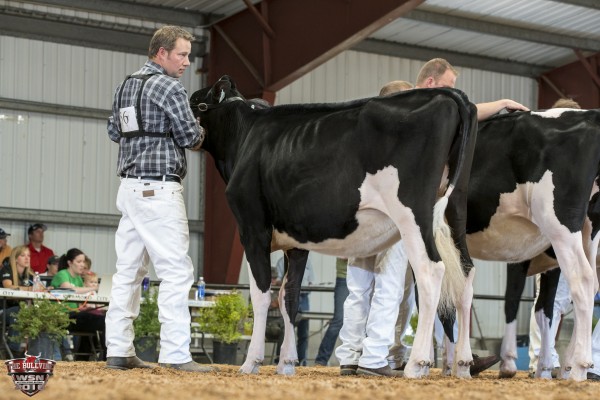
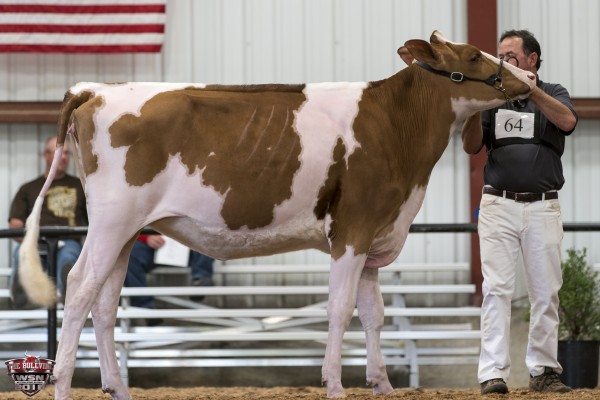
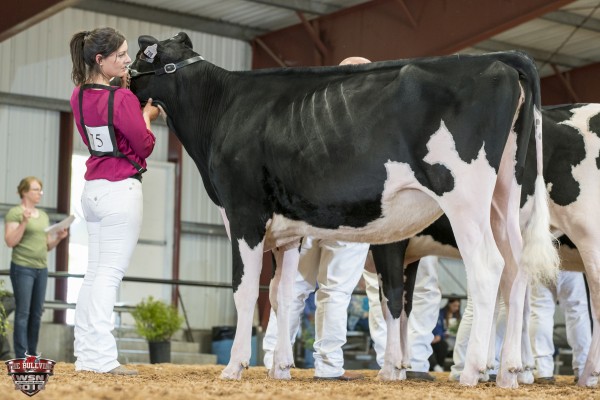
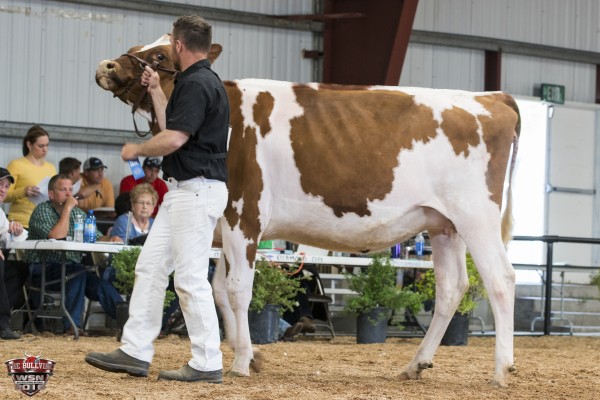
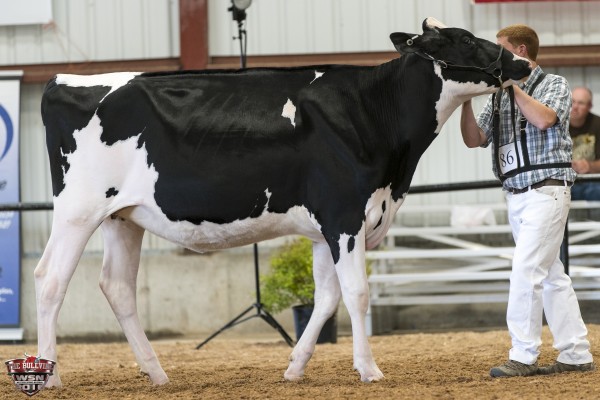
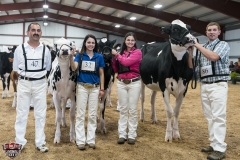
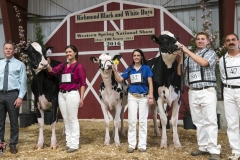
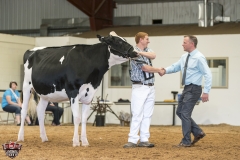
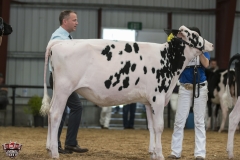
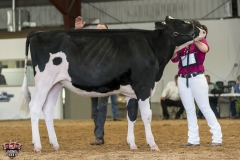
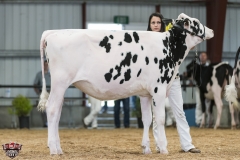
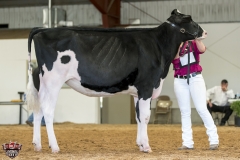
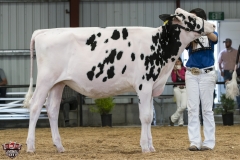
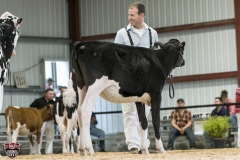
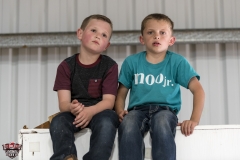
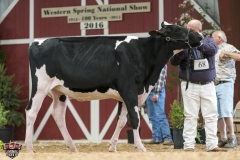
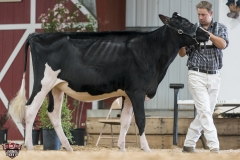
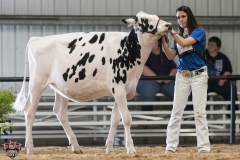
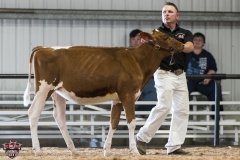
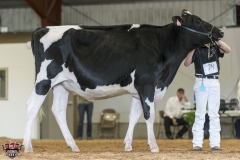
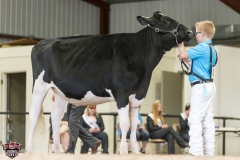
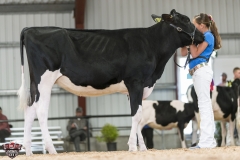
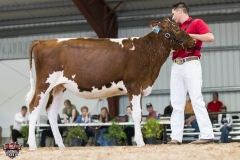
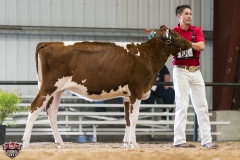
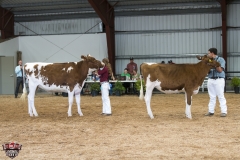
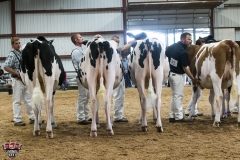
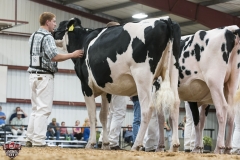

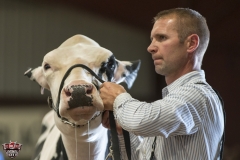
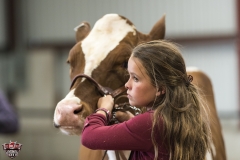
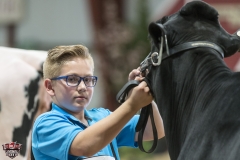
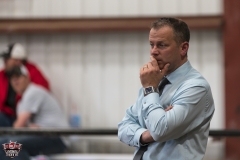
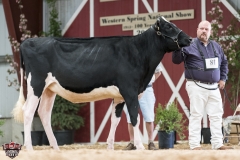
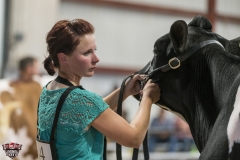
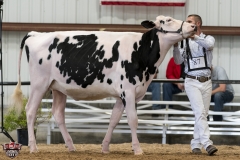
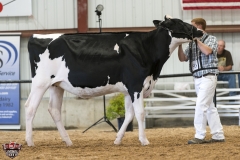
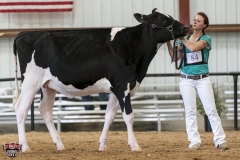
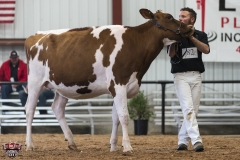
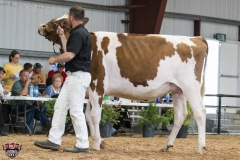
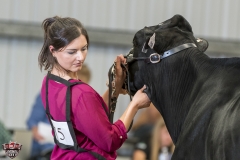
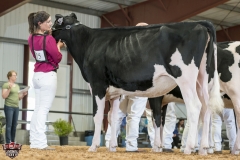
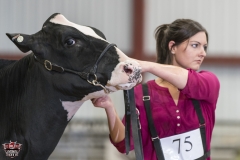

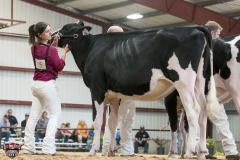
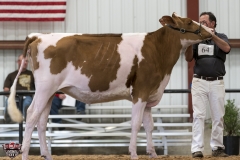
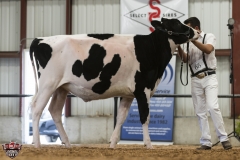
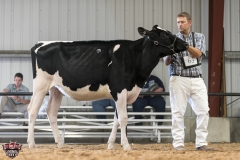
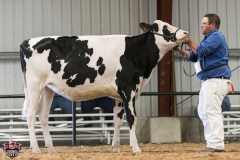
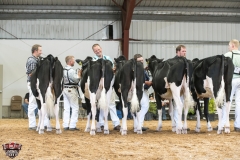
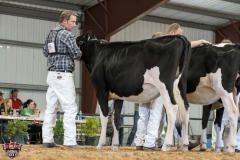
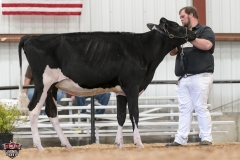
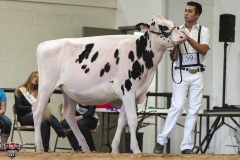
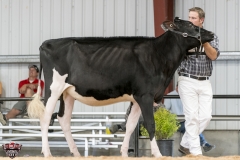
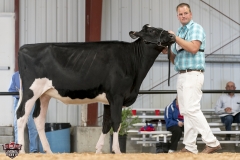
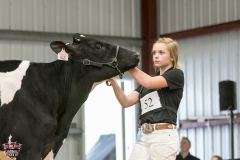
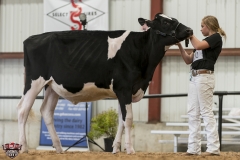
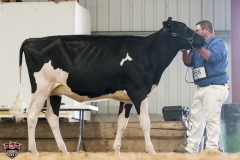
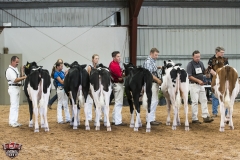
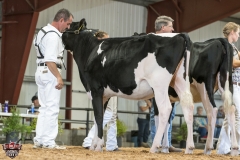
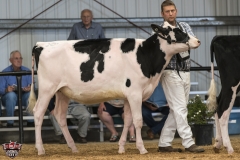
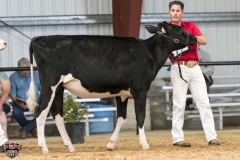
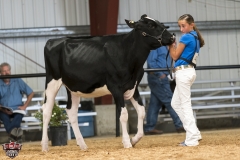
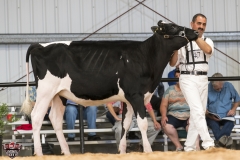
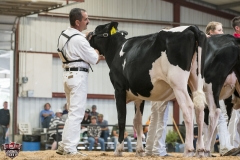
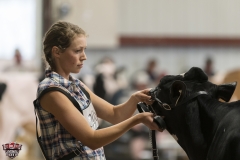
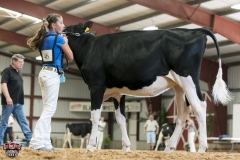
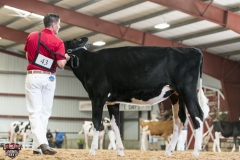
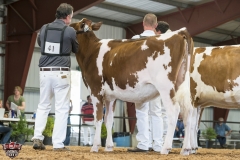
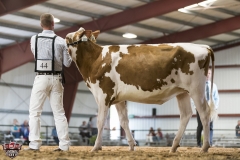

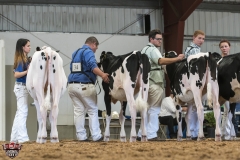
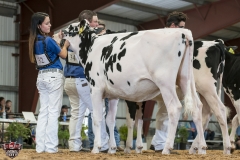
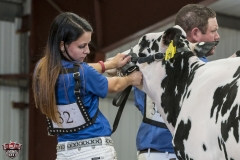
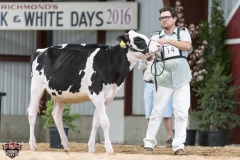
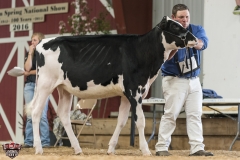
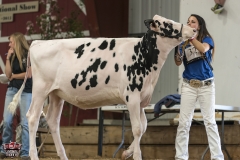
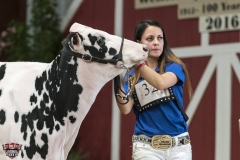
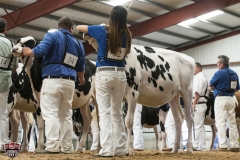
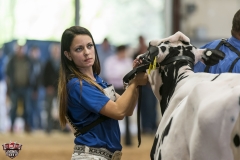
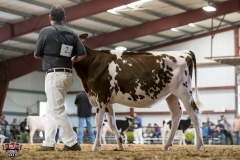
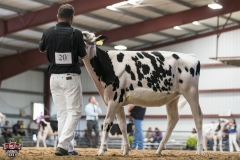
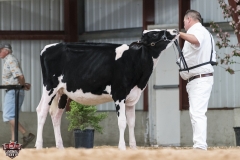

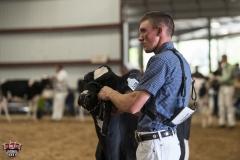
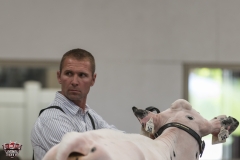
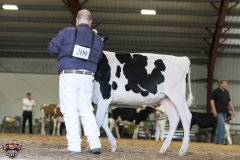
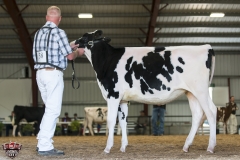
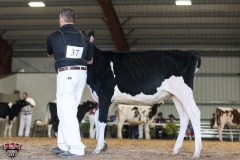
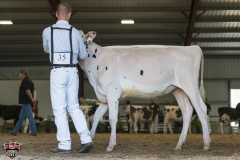
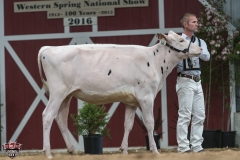
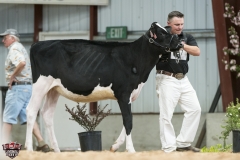
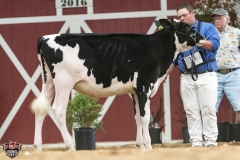
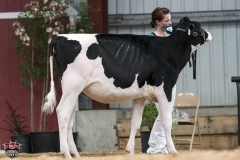
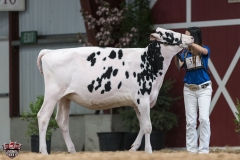
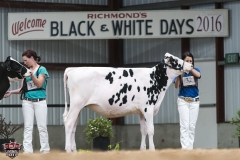

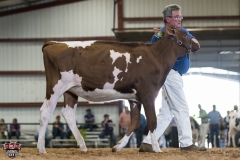
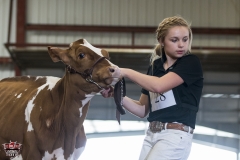
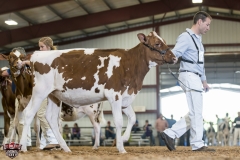
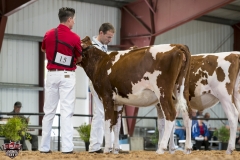
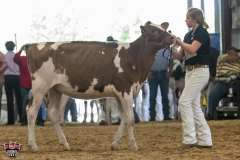
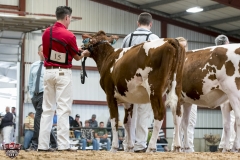
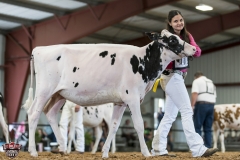
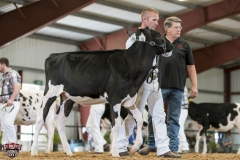
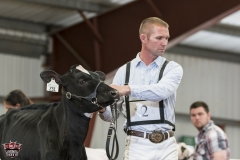
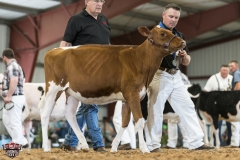
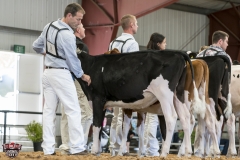
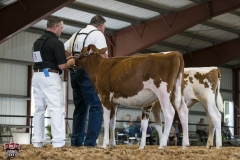
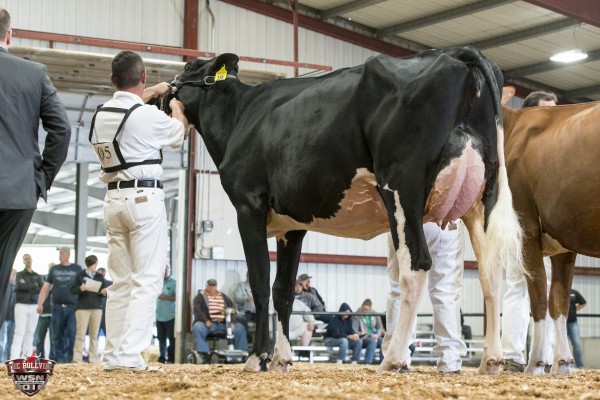
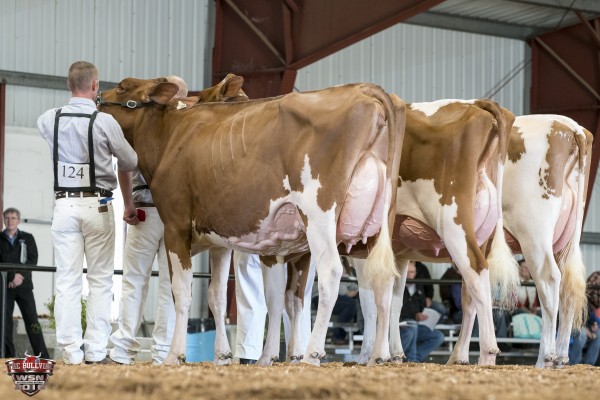
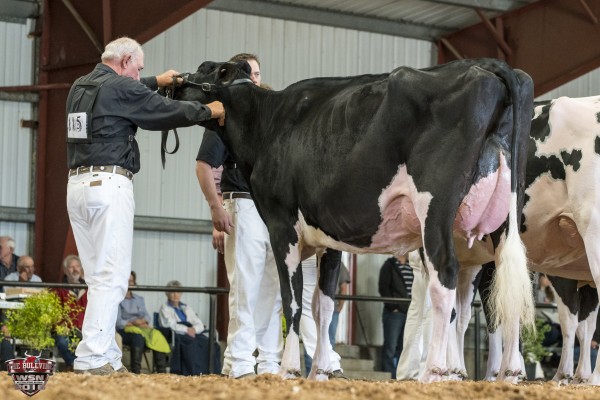
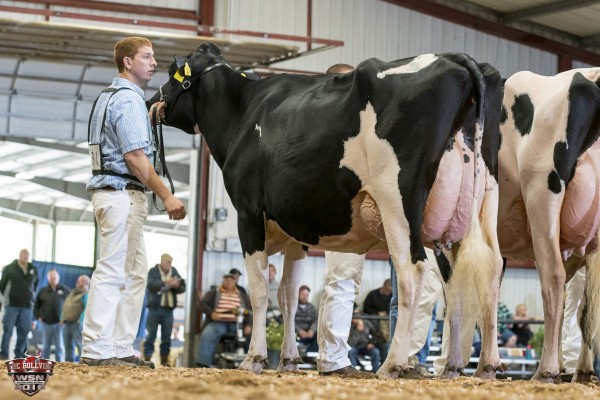
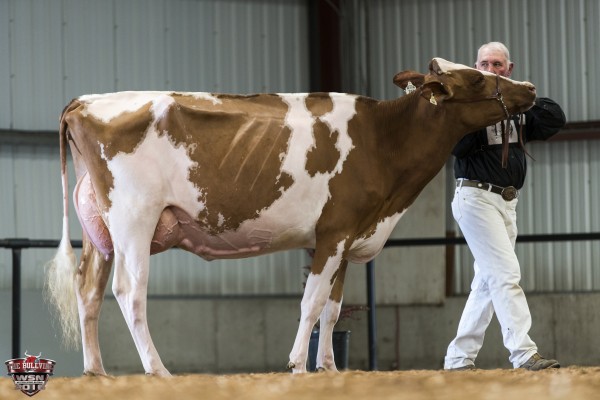
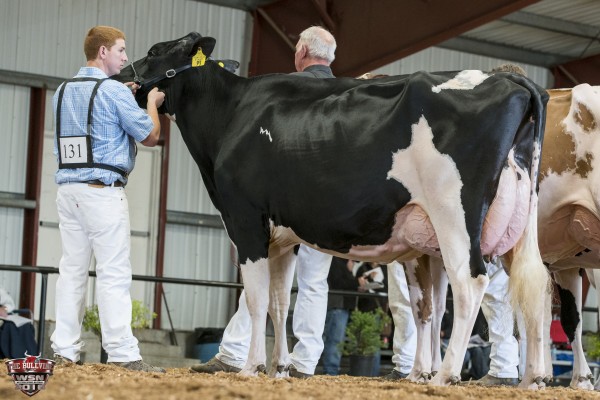
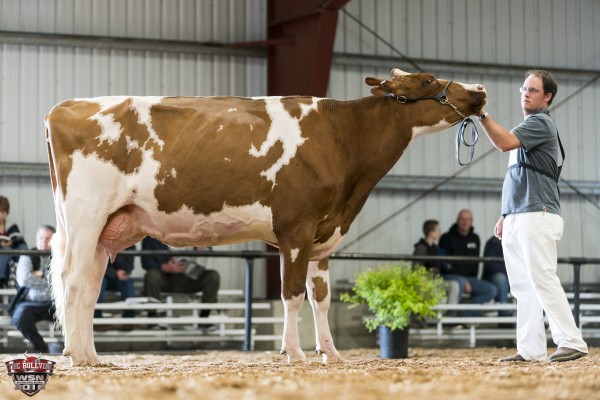
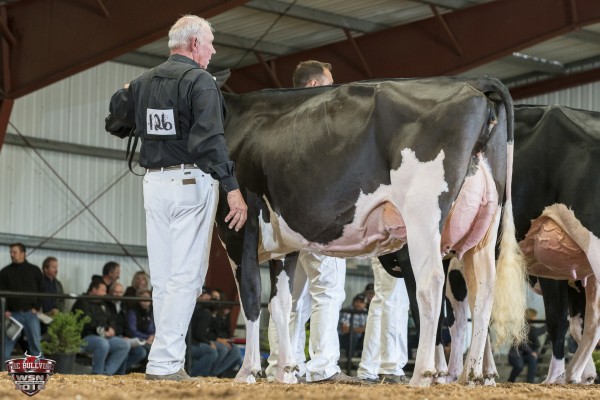
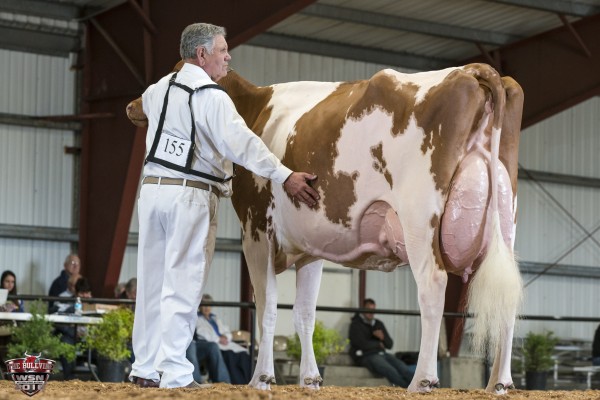
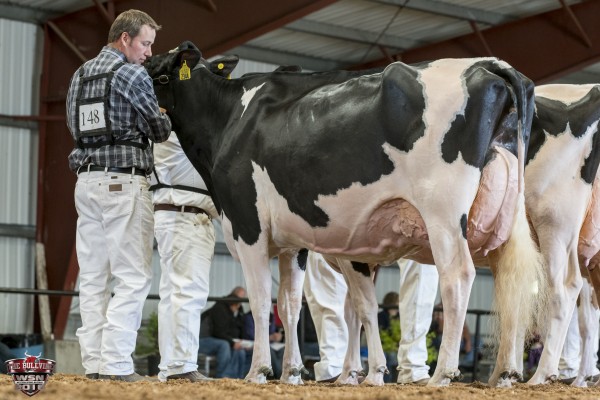
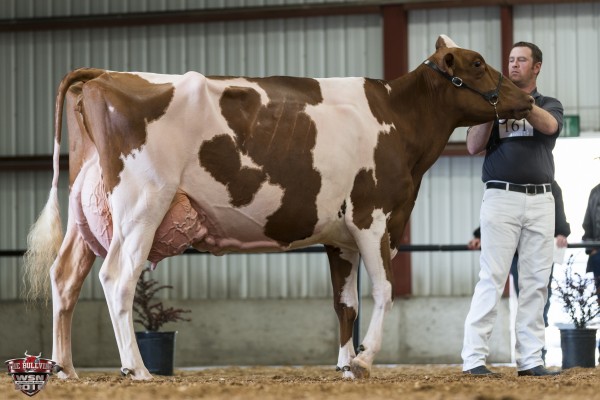
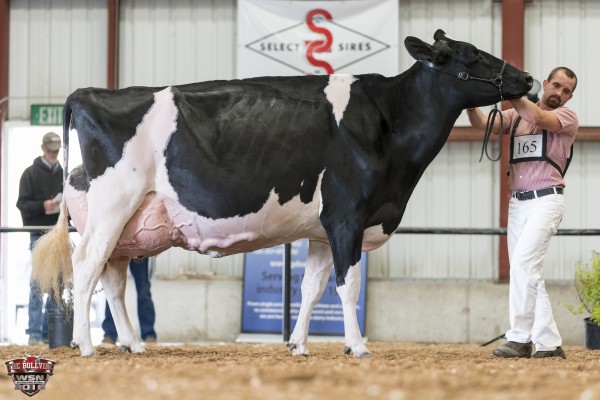
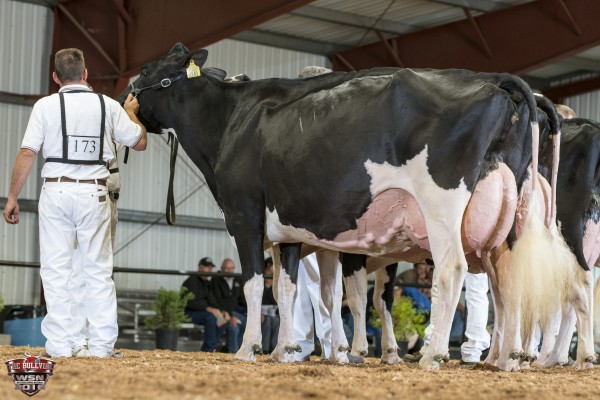
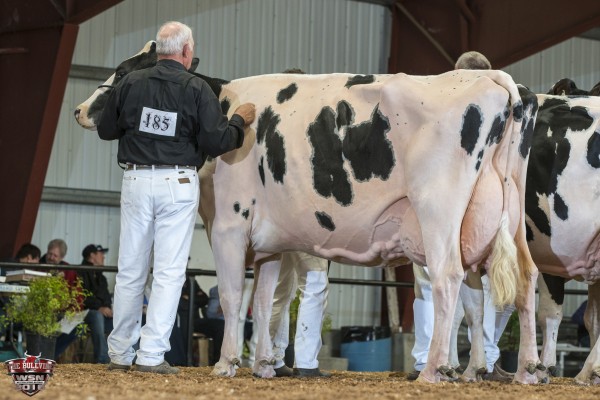
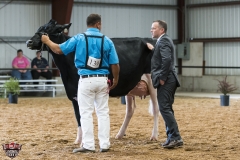
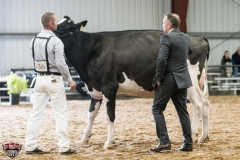
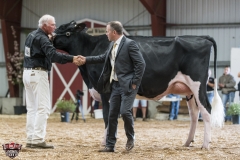
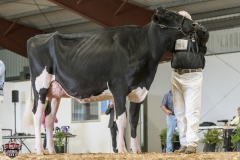
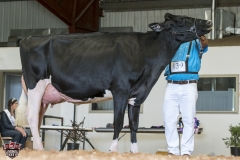
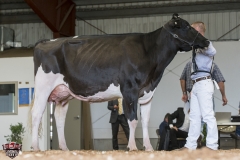
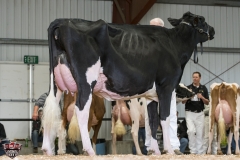
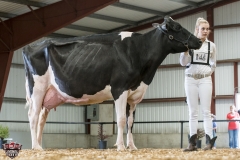
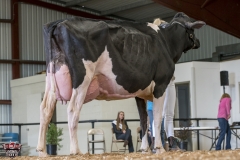
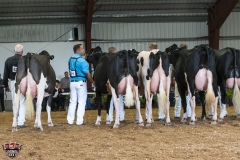
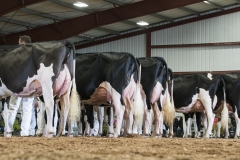
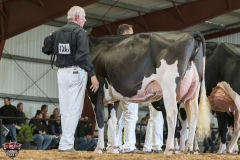
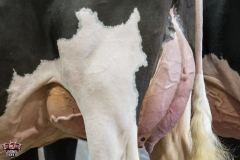

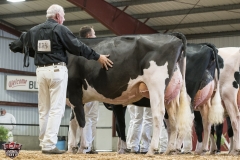
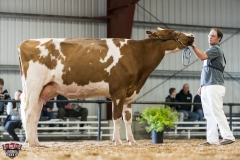
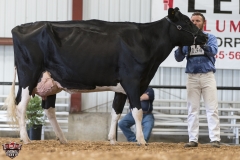
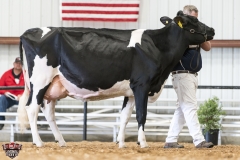
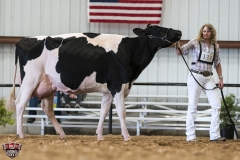
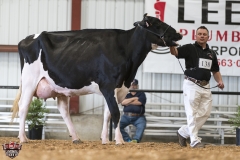
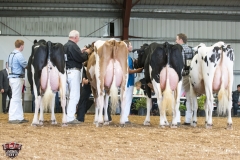
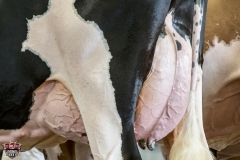
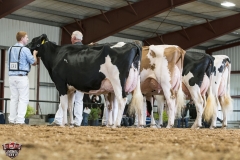
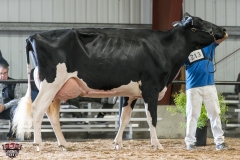
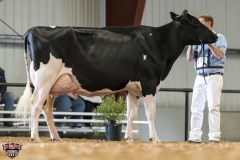
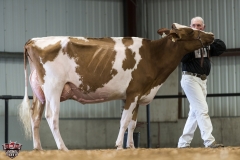
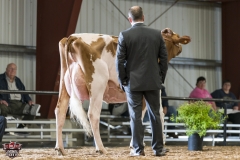

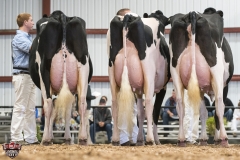

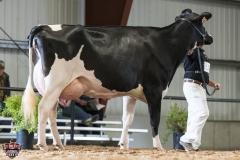
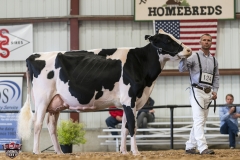
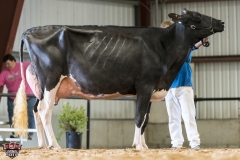
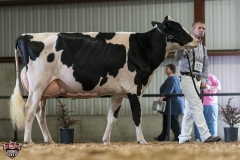
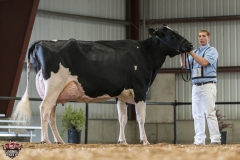
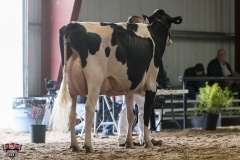
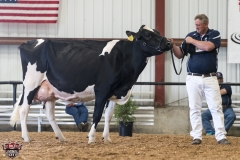
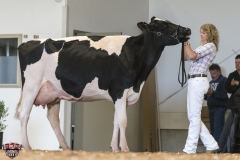
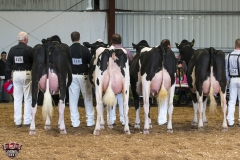
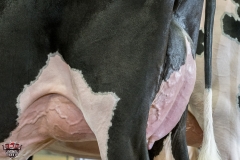
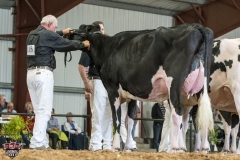
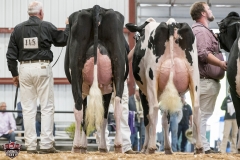
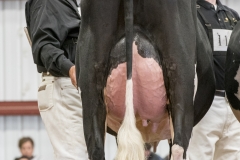
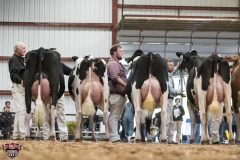

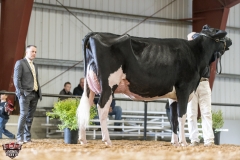
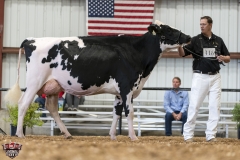

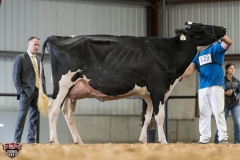
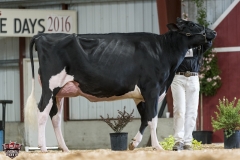
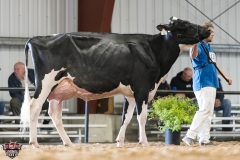
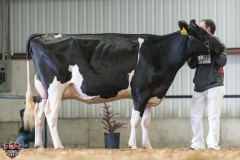
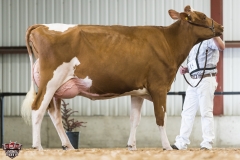
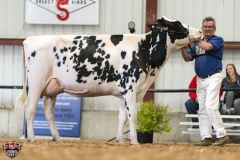
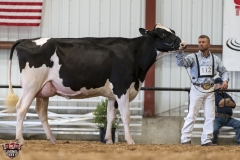
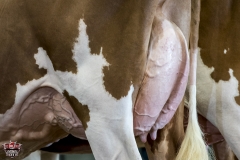
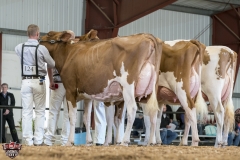
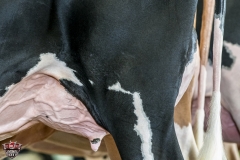
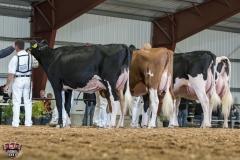
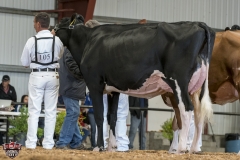
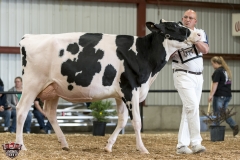
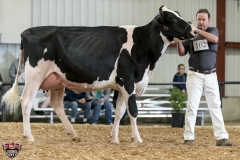
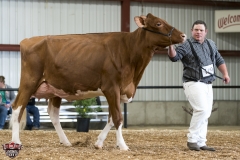
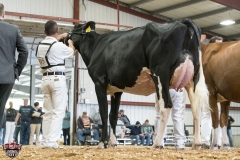
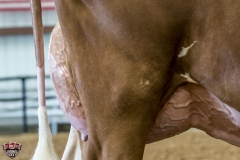
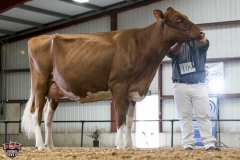
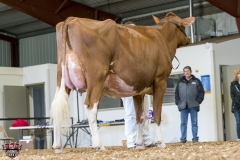
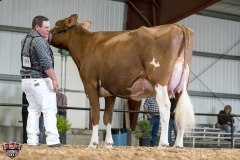
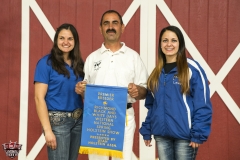
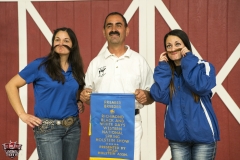
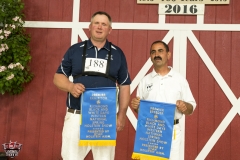
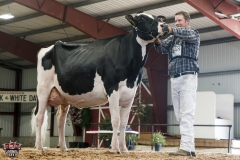
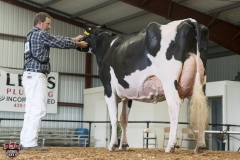
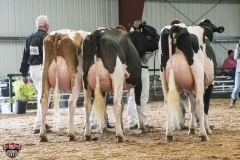
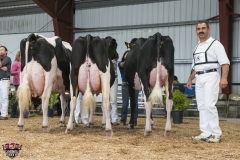
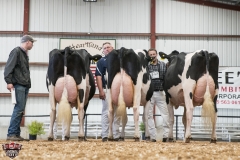
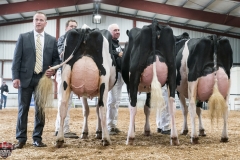
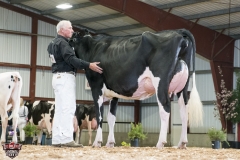
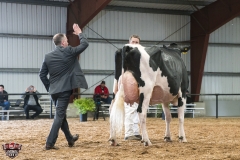
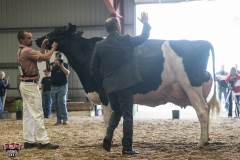
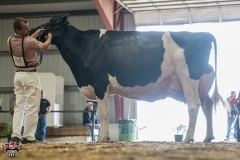
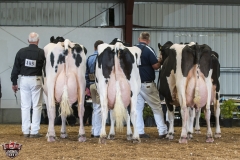
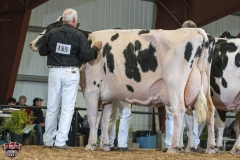
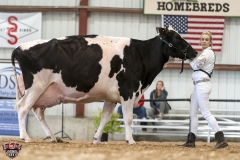
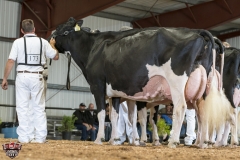
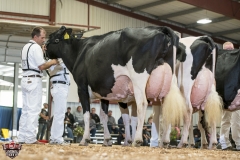
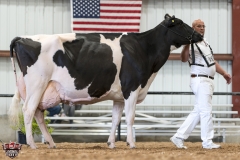
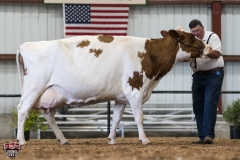
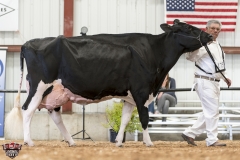
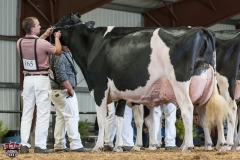

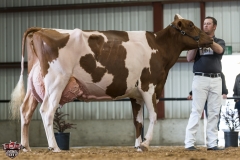
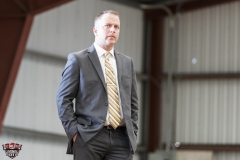
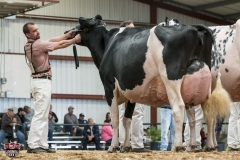
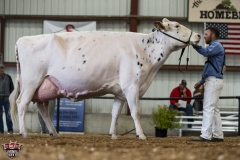
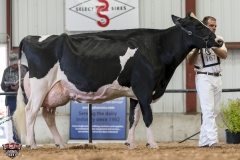
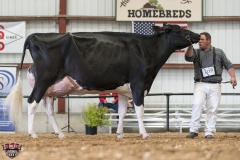
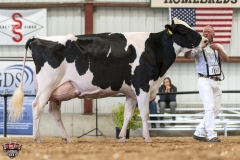
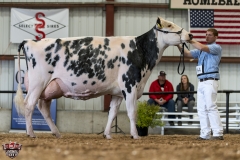
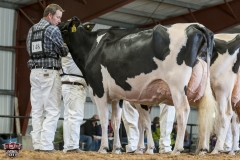
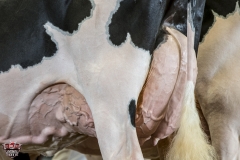
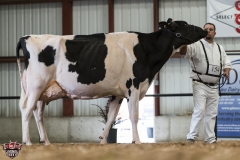
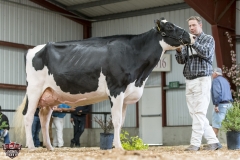
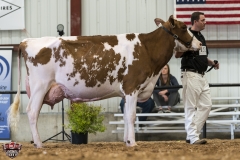
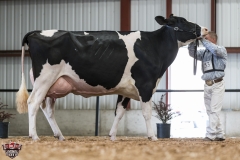

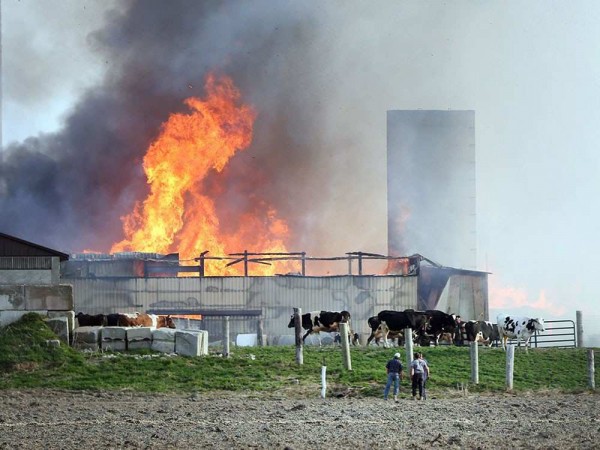
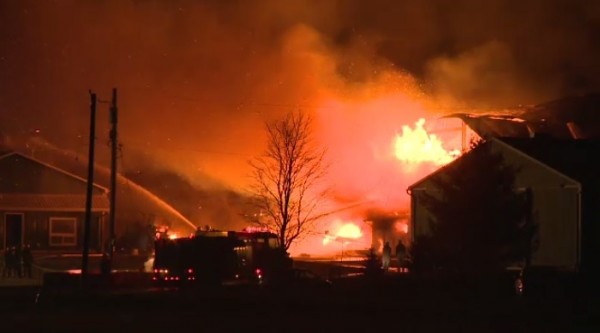
 Having grown up a rural dairy farm in southern Ontario, Andrew learned early in life the value of community and a hard day’s work. Leveraging that experience and work ethic, Andrew started his own Animal Genetics marketing company that launched some of the most engaging and innovative campaigns. Broadening his horizons brought Andrew to the world of corporate leadership, sales and marketing where he helped many fortune 500 companies increase performance. These successes lead to the founding of the
Having grown up a rural dairy farm in southern Ontario, Andrew learned early in life the value of community and a hard day’s work. Leveraging that experience and work ethic, Andrew started his own Animal Genetics marketing company that launched some of the most engaging and innovative campaigns. Broadening his horizons brought Andrew to the world of corporate leadership, sales and marketing where he helped many fortune 500 companies increase performance. These successes lead to the founding of the  Dr. Bob James is the dairy extension project leader in the Dept. of Dairy Science with additional responsibilities in teaching and research. He received the University Academy of Teaching Excellence Award in 2010. Bob’s research has focused on management of growing calves and heifers, and a Jersey milk replacer was developed based upon Virginia Tech studies in which he participated. Most recently, his research has focused on sanitation and management of automated calf feeding systems. He is a founding member of the Dairy Calf and Heifer Association and served as the conference chairperson several times. Bob received his B. S. degree from the University of Delaware and M.S. and Ph.D. from Virginia Tech. After two years on the faculty at West Virginia University, he returned to Virginia Tech. Bob has made presentations and consulted with calf ranches, dairies and feed companies in more than 20 U.S. states, Canada, South America , Asia and Europe.
Dr. Bob James is the dairy extension project leader in the Dept. of Dairy Science with additional responsibilities in teaching and research. He received the University Academy of Teaching Excellence Award in 2010. Bob’s research has focused on management of growing calves and heifers, and a Jersey milk replacer was developed based upon Virginia Tech studies in which he participated. Most recently, his research has focused on sanitation and management of automated calf feeding systems. He is a founding member of the Dairy Calf and Heifer Association and served as the conference chairperson several times. Bob received his B. S. degree from the University of Delaware and M.S. and Ph.D. from Virginia Tech. After two years on the faculty at West Virginia University, he returned to Virginia Tech. Bob has made presentations and consulted with calf ranches, dairies and feed companies in more than 20 U.S. states, Canada, South America , Asia and Europe.



